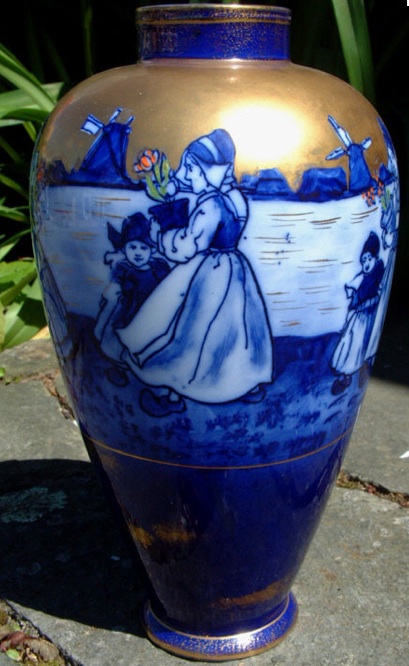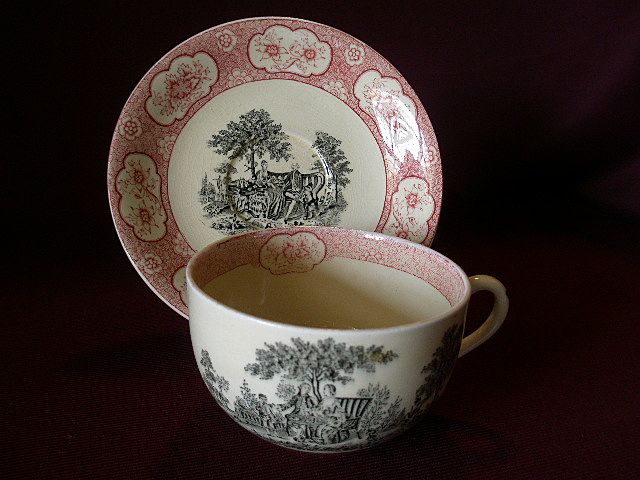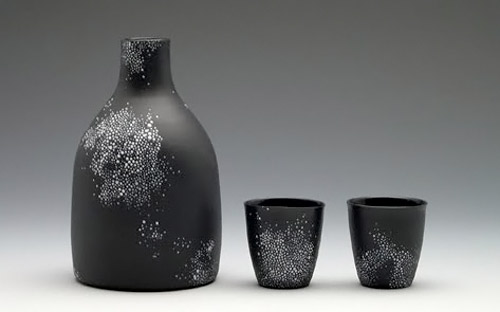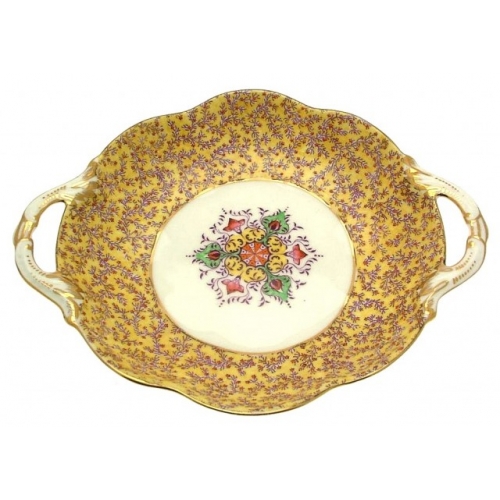Cobalt is a metallic chemical element which is rather hard and brittle in its pure form. It is used industrially in a number of ways, and is also refined to produce salts and isotopes which have other practical applications. In addition to being an important part of many products, cobalt is also a crucial trace element, necessary for human well being. The greyish, slightly matt element is rarely available in pure form but it can be found in numerous alloys.
Pure cobalt is used to manufacture the cathodes of X-ray tubes and some special products. Cobalt is almost all used for manufacturing alloys, heat-strength alloys, hard alloys, welding alloys and magnetic materials and catalysts.
One of the most well known uses of cobalt is a blue dye extracted from its salts. This blue dye has been used for thousands of years, with cobalt dyes appearing in Egyptian and Greek tombs. It has been used extensively in pottery and china for many hundreds of years and produces the most beautiful colours.
The metal itself is often used in alloys, to create things like magnets or metals which can withstand high temperatures. These high temperature alloys are used in things like jet engines. In addition, cobalt can be broken down into radioactive isotopes, which have a number of uses in medicine, industry, and research.
Typically, cobalt is found near nickel, lead, copper, and silver ores. The metal appears in the form of an ore, typically heavily blended with other materials, so that it needs to be refined. Like many metals, cobalt has ferromagnetic properties, and it may become spontaneously magnetized or hold a magnetic charge for long periods once it has been magnetized. This property makes cobalt a popular choice in alloys used to produce rare earth magnets.




















